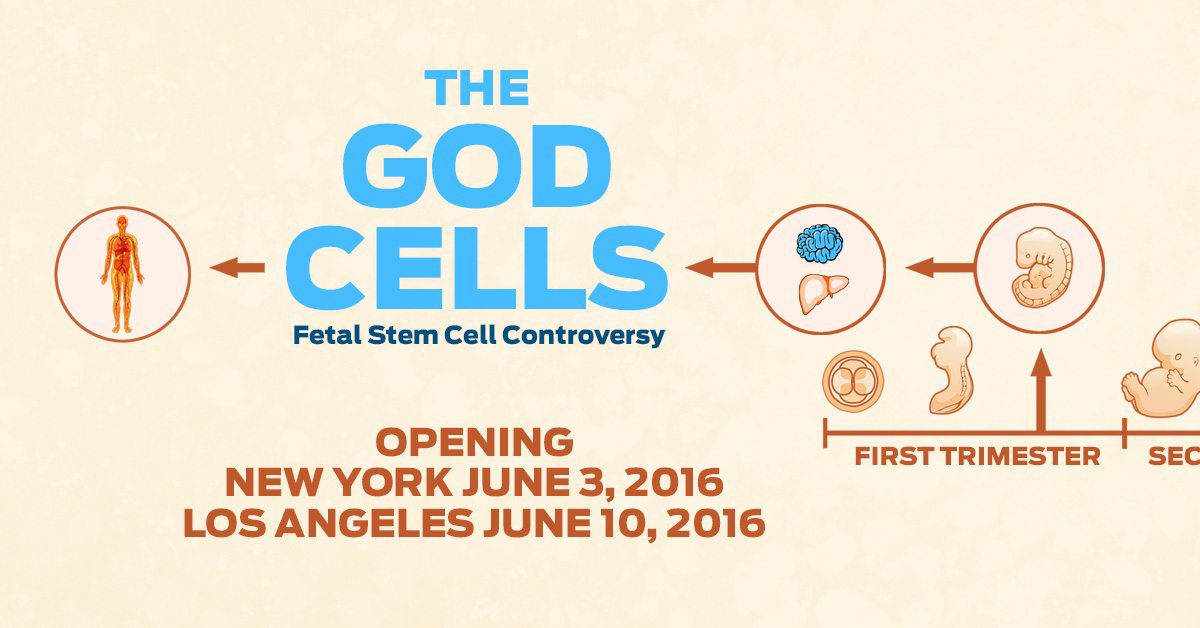
Maudie – Validation of a Life
?The whole of life, already framed, right there.? It?s hard to assign Maudie to any one genre. Certainly it qualifies as biography. But it is also a bit of art history. It?s an inspirational story of finding success and happiness against terrible odds. And at its heart it is a love story?but not the kind…

